From the Wild, Home: Elements of a Landscape of Experience
The palpable experience of nature teaches us some powerful lessons when developing our home gardens. In the wild, meadows of tawny orange broom sedge in the fall, boulder-laden streams that meander around gnarly sycamore trees and round tapestries of bluebells, ferns and geraniums have no need for irrigation systems, fertilizers or tractor-trailer loads of mulch.
Nature's wild and spontaneous places have become models for designing beautiful and successful home gardens on any scale. The key is not to decorate a home with landscaping, but rather to seat a home in a landscape.
Recently, thanks to the work of giants in the field of design, embracing the regional landscape has shown up in gardens where people long for something more than a relic of the past.
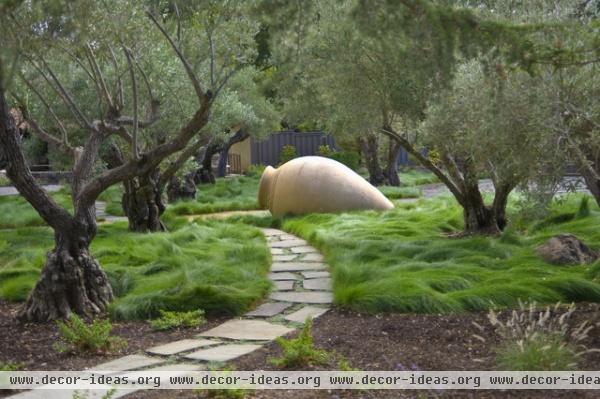
Simplicity
Holding back and keeping things simple often creates more visual intrigue than a complicated landscape design.
These groves of trees add mystery to what lies beyond. The simplicity of the ground plane does not distract from the harmony of the space. This design is bold but simple, and easy for your 16-year-old neighbor to weed on a Saturday afternoon. The urn isn't terrible to look at either!
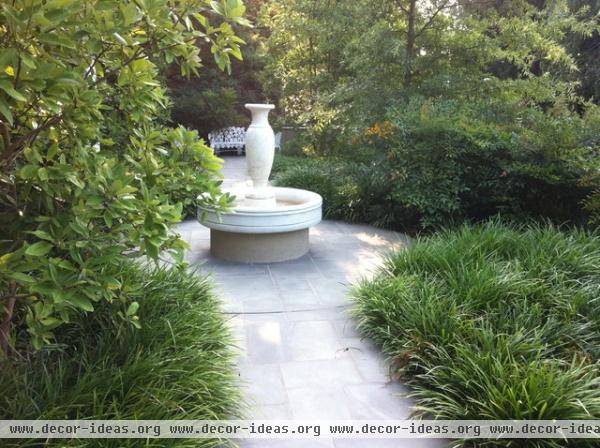
Shade and understory trees create vertical and overhead planes that engage guests in the garden's experience. The simple shrub layer of Nandina domestica has outstanding winter interest and helps buffer the vast driveway beyond. Simple layers of plants cover the ground plane densely. This is a thriving landscape that manages almost entirely without human intervention — almost.
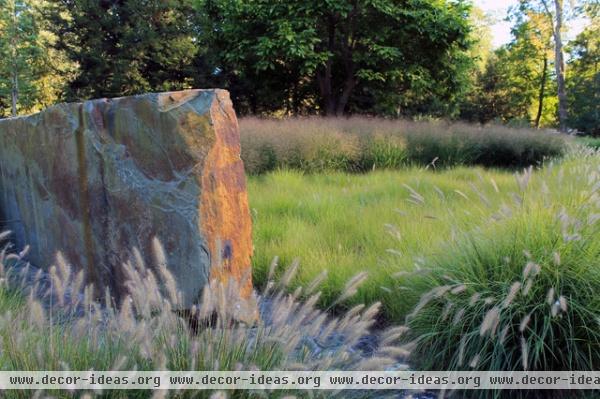
Each plant in this simple palette makes an impact in a subtle, naturalized way. Bold romantic drifts of strong perennials keep this composition intact with minimal management. The kids can ride their bikes through the switchgrass (Panicum) or create openings to hide out in with little worry from the garden designer about damage.
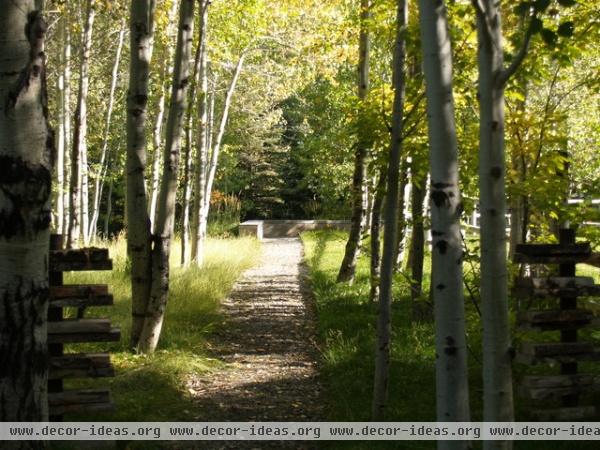
Exploration
Narrow spaces to move through and overhead planes to walk under become powerful additions to a garden's circulation. Walking from one place in the garden to another becomes a unique experience. Your kids will always remember playing in a space like this.
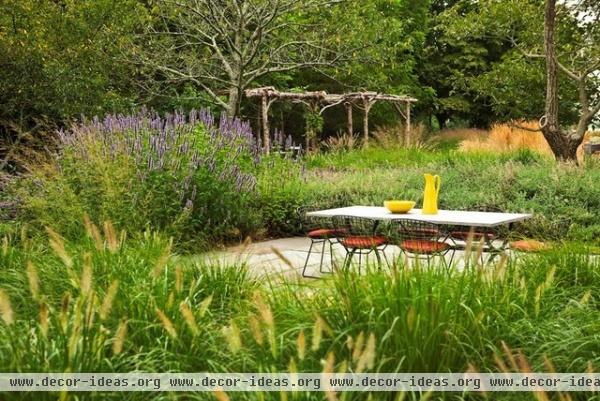
Compressing space with vertical and overhead planes creates a powerful experience. Arbors, walls, trees and tall perennials become great tools for creating an experience of place and are worthy considerations for most gardens.
I discovered the work of the late Wolfgang Oehme years ago, and have great reverence for what he brought to the world of design. Here, his firm constructs a flagstone patio among drifts of robust perennials. The Bertoia chairs are beautiful, and the arbor beyond invites exploration.
Creating a plan of circulation through a property becomes one of the first considerations in place making. Ideally, areas of the garden relate to one another, like these two paved areas. One space is designed for dining, the other is set under an overhead plane, but both invite exploration with an alternate perspective of the same garden.
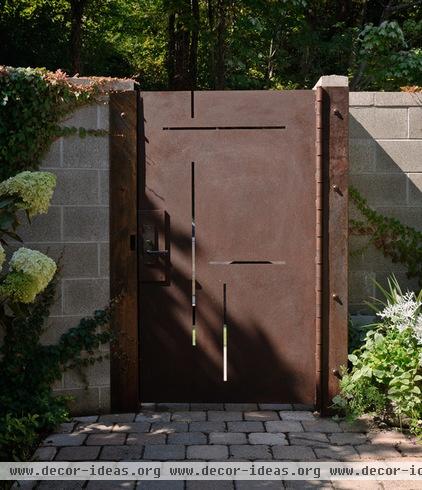
Mystery
I love to plant groves of trees to scrim views, create mystery and invite exploration. A client once described it as Victoria's Secret as opposed to Penthouse. (Who says client meetings aren't awesome?) The concept is the same, though — the experience of mystery or uncertainty of what lies behind that door or around that bend can be thrilling.
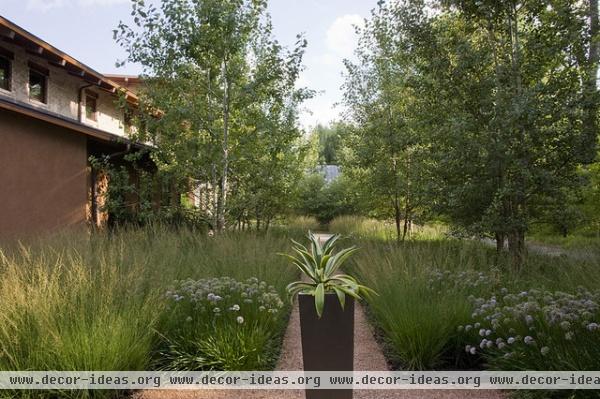
Repetition
Pioneer trees in the windows bring birds into view while cleaning the dishes, blurring the lines between inside and outside. Again, the planting idea here is simple. The repetition of the grasses looks more compelling than simply planting one of everything from the garden center. All plants are beautiful in the right context — the right plant in the right place creates magic.
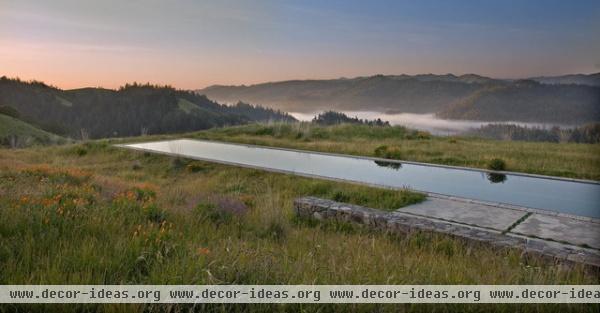
Local
If you'd like to learn more about landscape design, one of the best things you can do is find a nearby stream, meadow or woodland and experience the magic. Simply embracing your property's natural plants and landscape is one of the best garden designs out there.
This grand landscape could easily have been destroyed by a less thoughtful approach. Paving is kept to a minimum. This beautiful plane of water is set in a designed meadow that embraces the powerful regional landscape. The experience with this Northern California landscape is why I wanted to name my first daughter Marin.
More: Lay of the Landscape: Natural Garden Style
Find a landscape architect or designer












